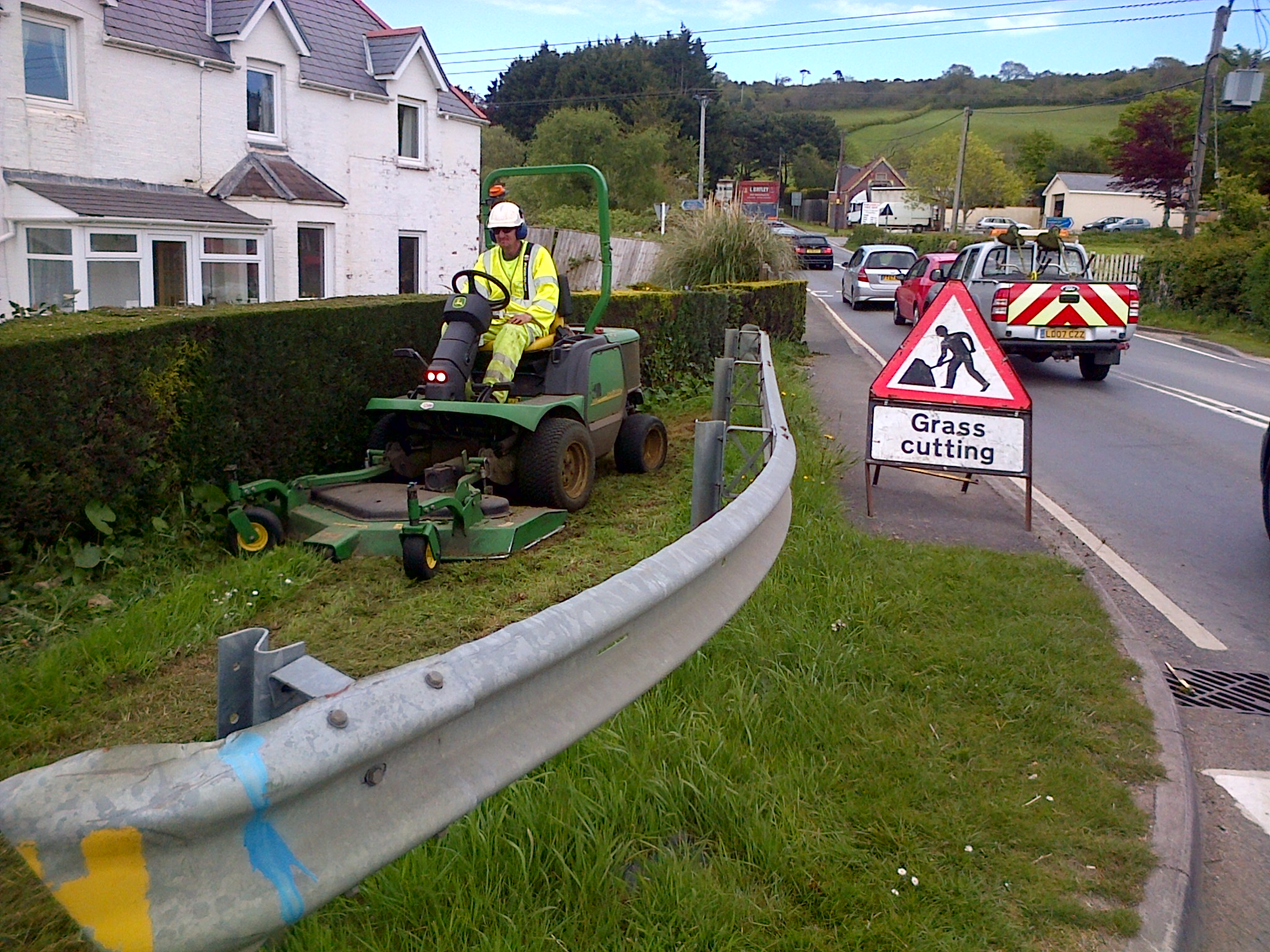
Work to maintain acres of roadside verges and amenity grassland area is in full swing.
The verge maintenance programme undertaken by Island Roads is designed to strike a balance between keeping the network safe and encouraging biodiversity.
Island Roads is responsible for cutting 743,000 square metres of verges in rural areas, nearly 140,000 square metres with environmental designations, 127,000 square metres of verges needing particular attention for safety reasons and 433,000 square metres of other ‘amenity’ verges largely in residential areas.
Dave Wallis, Island Roads operations and maintenance manager, said: “The current work programme is varied in that we take different approaches to different types of verges.
“It is a balancing act between keeping the network safe by ensuring there is good visibility at bends and junctions, meeting our environmental responsibilities and also providing a value for money service.”
As such, rural verges are cut twice annually between March and November. To maintain habitat, only the first metre is cut.
Verges with environmental protections are cut less frequently – once a year between July and November as specified by Natural England. Again, just the first metre is cut.
Cutting to aid visibility at junctions and bends takes place four times a year and in some locations the entire verge will be cut. The amenity areas are cut five times a year.
In most cuttings, a ‘flailing’ plate is used. This means the cut grass is distributed more evenly so removed vegetations doesn’t restrict the re-growth of other wild flowers.
Dave said: “We’re very mindful of maintaining the verges in an environmentally-sensitive manner and we are happy to work with environmental groups and local communities to investigate new approaches.”
One such partnership has seen Island Roads work with the Island’s AONB project, the IW Association of Local Councils and Chillerton, Gatcombe and Shorwell parish councils on a flexible verge maintenance regime with biodiversity very much in mind.
Dave added: “That is working really well and while resources mean there is a limit to how much of this flexible approach we are able to adopt, there is some capacity to expand this approach and we would be happy to speak to local communities about this.”


